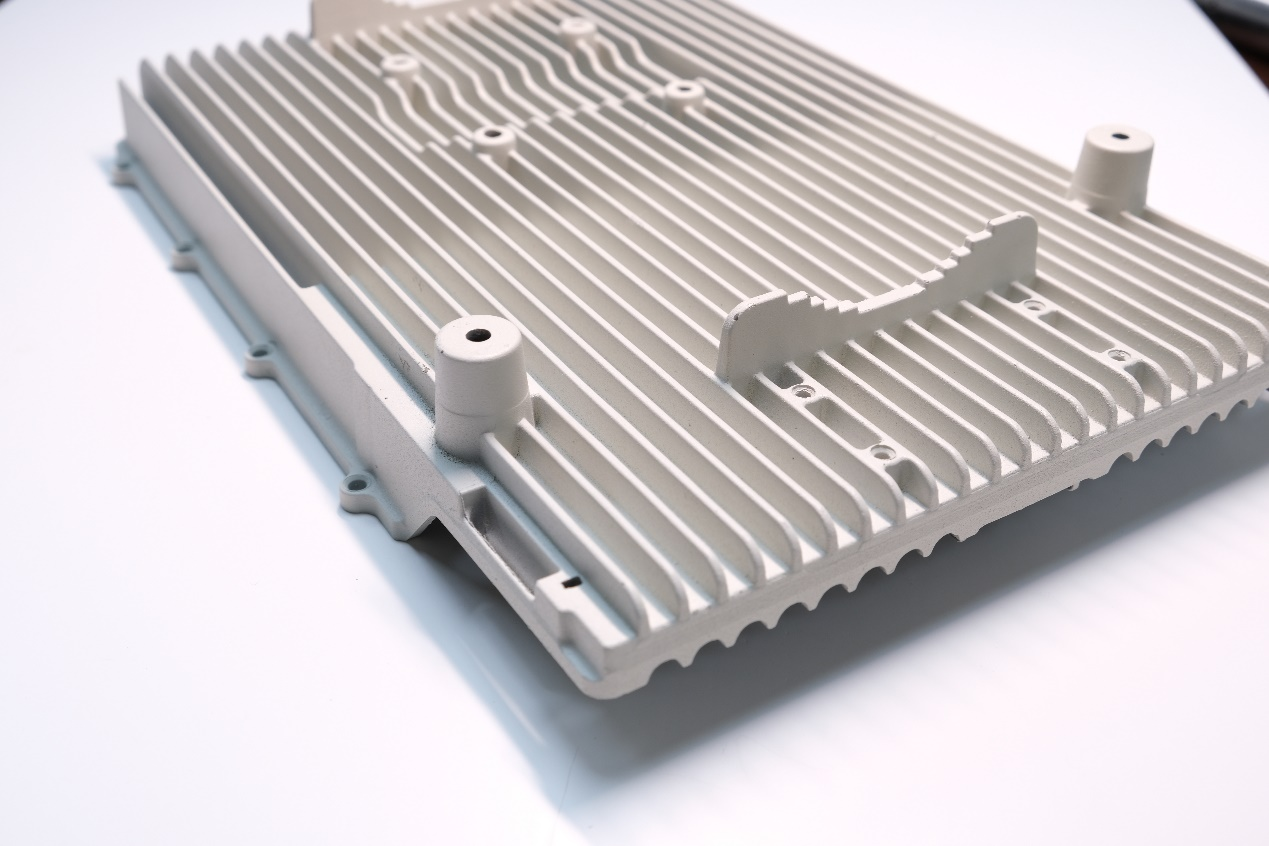1. Cold-Chamber Die Casting
Cold chamber die casting is used for higher melt-point metals like aluminum and lower-volume production. The injection chamber is charged and injected with molten metal. The chamber relies on the heat of the charge to make a stable processing temperature. This is a lower cost to set up and requires less maintenance but can produce more variability as the production rate stabilizes, leading to a good injection temperature in time.
2. Hot-Chamber Die Casting
A hot chamber or goose-neck casting is the more widely used process. It is better suited to higher volume but requires more system costs and more maintenance to preserve good production quality. The injection chamber is immersed in the molten bath it is fed from, maintaining charge temperature levels at the optimum for chamber fill.

The various types of die casting processes are:
1. Gravity or Low-Pressure Die Casting: Lower complexity parts with thicker sections can be low-pressure cast by gravity-fed (even hand-ladled) fill, reducing equipment complexity and tooling cost. This is best suited to aluminum parts that are circular and symmetric.
2. Pressure Die Casting: Finer and more complex parts generally require the charge to be pushed in at high pressure, to fully fill/form all features.
3. Vacuum Die Casting: The tool is placed above the molten reservoir and draws up the charge by a vacuum applied to the cavity. This process leads to lower porosity and lower turbulence. Parts made in this way are well suited to heat treatment processes, after casting.
The materials used in die casting include a wide range of alloys. Some examples include:
1. Magnesium
Magnesium alloys are widely used for lightweight and high-strength parts. Magnesium alloys an achieve among the thinnest sections in die casting, because of very low viscosity in the melt.
2. Zinc
Zinc is very widely die-cast for many lower-strength applications. Zinc and commercial alloys is a major constituent of are low-cost, easily cast, and sufficiently strong for many components such as enclosures, toys, etc.
3. Copper
Copper is not widely used in die casting, as it has a tendency towards cracking. It requires a high melt temperature, creating increased thermal shock in the tooling. When it is die-cast, it requires careful handling and a high-pressure process.
4. Aluminum
Aluminum alloys are by far the most important materials in volume die-cast production. They respond best to a hot chamber and high pressure—or more recently vacuum die casting—and provide moderate to high strength and high precision parts.
5. Tin-Based Alloys
Tin-based alloys impose very low wear and stress on tools due to low viscosity and melting point. While high-tin alloys (other than pewter) are rarely used now, the need does arise and specialists exist to serve in this.
Some benefits of die casting are:
1. Can repeatably reproduce designs for extremely complex and intricate components, with thin-walled features.
2. The use of salt cores allows complex internal galleries to be formed without tooling complexity or design compromise.
What Are the Limitations of Die Casting?
Some limitations of die casting are listed below:
1. Are susceptible to shock loading and sensitive to high loads. Parts must be carefully designed with these limits (and a factor of safety, FOS) in mind, to ensure good part service life.
2. Typical tool costs start at $10,000 for a small part and rise rapidly with component size. Typical tool life between major services (resurfacing, new bearings, etc.) is around 100 to 150k shots.
3. Non-ferrous metals can only be die cast at lower melting temperatures.
4. Die casting can easily generate porosity in parts when the casting pressure is low (gravity die casting).
5. Only limited undercuts are possible, and these increase tooling costs and reduce service life. Most die-cast tools aim for open and shut—all features being in the line of draw/ejection. Where draws are required, the part design must flex to accommodate tool robustness and simplicity.
It depends. Durability in die-cast parts is often a design issue—a matter of ensuring that the properties (strengths and weaknesses) of die-casting are properly considered. It is common for die-cast parts to give decades of service when the design of the part is correctly proportioned and allows for the loads and working conditions the part experiences.
Die-cast parts can be susceptible to corrosion, poor at abrasion resistance, lacking in ultimate tensile strength, ductile under shock loads and overloads, susceptible to creep, and susceptible to fracture. However, with good consideration of the weaknesses and good use of the great strengths of the process, die-cast parts can offer long service in high-demand applications and essentially unlimited service in lower-stress applications.
Most of our quotes are delivered within 24/36 hrs. and usually in much less time, depending on project details.
Our team will contact you directly about your CNC machining quote to ensure you’ve received and understand all aspects of your quotation and to answer any questions you may have about your options.